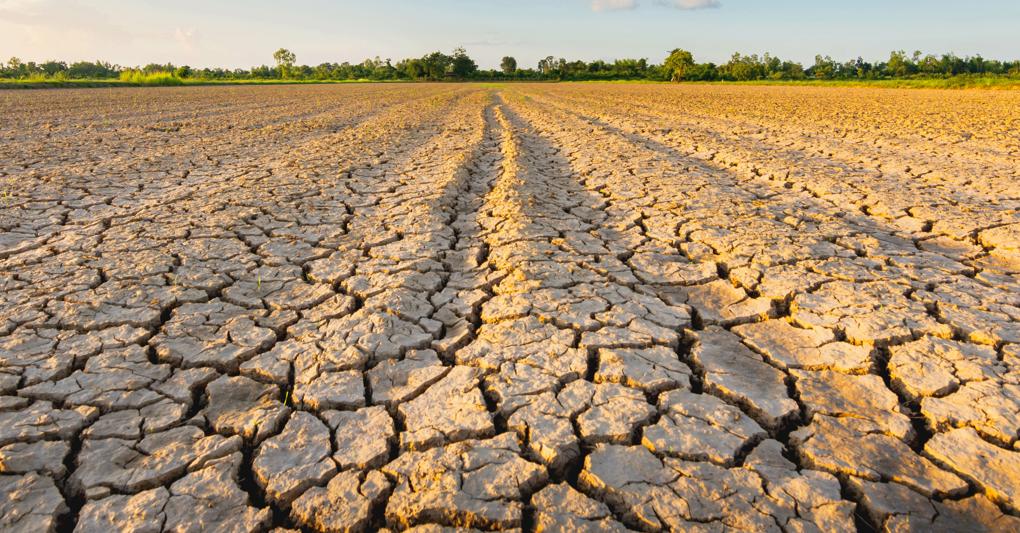Listen to the audio version of the article
Drought does not scare the Fremen, the inhabitants of Dune, who capture the humidity in the air with their “wind traps” and collect it in large underground cisterns. The idea is not new: for millennia farmers have exploited it with various techniques, starting from those of the Nabataeans, and there are several modern uses: anyone who has a dehumidifier or an air conditioner knows well how much water can be extracted from the air. The problem, however, is how to power the process: we need to find a way to extract water from the air without consuming energy or at most only renewable sources, in order to be able to offer devices that can also be used by populations in remote areas, who do not have access to the electricity grid .
Already today, in fact, almost two billion people, a quarter of the world‘s population, are short of drinking water and in 2050, as the climate emergency advances, there will be four billion, based on World Bank estimates. Between now and then, the demand for water will increase by 55%, according to OECD calculations, but the quantity available will decrease. Rising air temperatures, with more evaporation and more erratic precipitation, will reduce river flows and groundwater recharge, leading to global water scarcity, according to forecasts.
How is water extracted from the air?
In these conditions, it becomes urgent to find new water sources: the collection of atmospheric humidity, which contains almost 13 thousand cubic kilometers of water (equivalent to six times the flow of all the rivers on Earth) is an ideal alternative source, also because the Evaporation driven by global warming will increase these volumes by 27% over the next 50 years. A recent study published in Nature by Aviv Kaplan, director of the Water Research Center at Tel Aviv University, and Stanislav Ratner, head of research at Watergen, the pioneer company in the sector, identifies two major areas for the exploitation of water atmospheric: passive and active methods, i.e. powered by electricity.
Passive methods, largely a minority but more innovative, are mainly based on the natural formation of dew and its collection, with a production of up to 27 liters per day per square meter, depending on the type of support. Atmospheric water is trapped by sheets of very fine polymer mesh, then dropped and channeled into a tank. For now, a 40 square meter collector produces around 200 liters per day, enough to supply drinking water to 60 people, without energy consumption.
This data, however, is continually improved thanks to materials science. A team led by Urszula Stachewicz of the University of Krakow, for example, found that the “net” becomes more productive with electrospinning, which gives it a light electrical charge attractive to water, increasing yields by 50%. A further improvement, the result of the alliance with Gregory Parisi, a researcher at the Rensselaer Polytechnic Institute in New York, was achieved by adding titanium dioxide to the water “capture” network. Now their machines are used at several sites on three continents, mostly in rather foggy areas. Aquaseek falls into the same category, a spinoff of the University of Turin created on the initiative of professor Marco Simonetti and researcher Vincenzo Gentile, which instead produces atmospheric water using a thermodynamic process applicable where humidity is very low, such as in the desert. In collaboration with Princeton University, Aquaseek has developed an innovative bio-polymer with high absorption capacity that manages to enhance the result. The challenge is to set up, thanks to these two patents, a more efficient system than the others.
